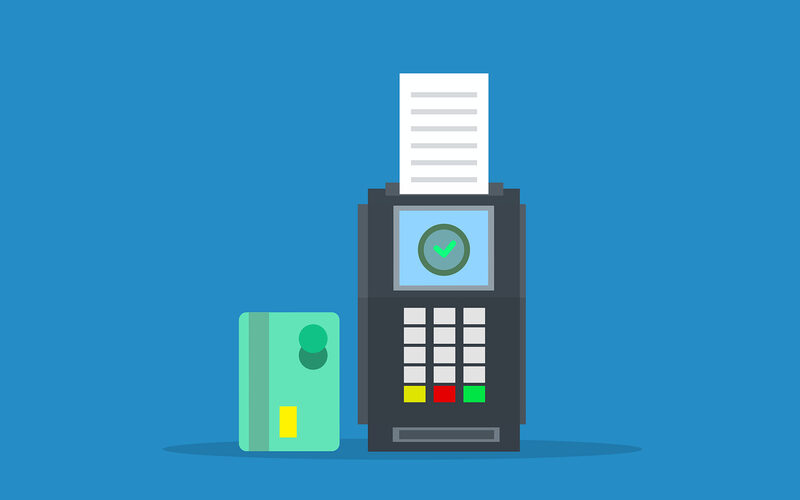POS terminal is a very useful tool for conducting secure transactions. It is an indispensable tool for all retailers who want to increase efficiency and convenience in the store. The operation of the terminal is very simple, making it easy to use.
What is a POS terminal? Definition of the term
A POS (Point of Sale) terminal is a physical, multifunctional device that is used to process financial transactions. This means that it is used to accept payments from customers. The POS terminal is connected to an external network that is capable of sending and receiving data from external sources, such as banks and other financial institutions.
The POS terminal is often used in stores, restaurants, hotels and other places where transactions can be made. It allows convenient and fast acceptance of card or cash payments. A POS terminal can be equipped with various functions, including the ability to print a receipt, display how much a transaction cost, and display a customer’s account balance.
How does a POS terminal work?
The POS terminal is an increasingly popular tool used in stores, restaurants and other places of commerce. A POS terminal is simply a sales system that allows buyers and sellers to conduct transactions quickly and securely. A POS terminal consists of several basic components and works in a very simple way.
The first component of a POS terminal is the computer. The computer is responsible for processing the information that is entered into the system. It also provides access to databases that are used to store information about products, customers, transactions, etc.
Another component is the barcode reader. This reader is used to scan barcodes found on products sold in the store. After scanning the code, the reader sends the product information to a computer, where it is processed.
Another component is the display. The display is used to show information about the product that was scanned, as well as price information and the total amount due for the transaction.
The POS terminal is also equipped with a keyboard and a printer. The keyboard is used to enter information, such as a credit card number or customer address. The printer, on the other hand, is used to print a receipt.
There are also POS terminals that are equipped with payment card readers. These readers are used to read information from payment cards, such as card numbers, owner names, etc. This information is then sent to the system.
Types of POS terminals
There are many types of POS terminals that can be customized to meet the needs and requirements of a business. POS terminals can come in various forms, including stationary or portable. Stationary POS terminals are usually installed in a store or restaurant and have a keyboard, display and interface for connecting other devices. Portable POS terminals are ideal for customers who need a mobile system for sales. These terminals have a touchscreen display, keypad, card reader and many other features.
Another type of POS terminal is the integrated data terminal. This system consists of a computer, display, printer, card reader and other equipment. It is very useful because it provides quick access to customer and product data and allows automatic processing of transactions.
POS terminals can also be equipped with cash register systems, which are ideal for issuing and processing invoices. These systems are equipped with printers, barcode scanners and other tools that facilitate transaction processing.
POS terminals are also available in an online version. These terminals are connected to the Internet and allow transactions to be processed via a web browser. These terminals are especially useful for customers who want to pay for purchases with a credit or debit card.
POS terminals are becoming increasingly popular and useful for all types of businesses. Depending on the needs and requirements of the business, you can choose the right POS terminal to provide more efficient customer service and higher productivity.




